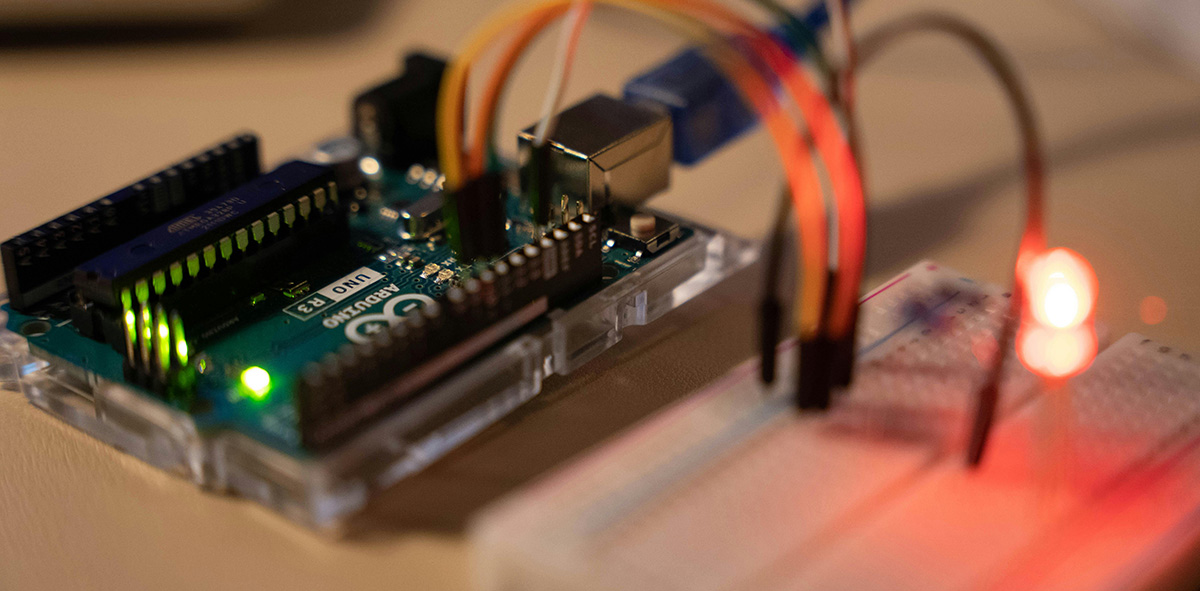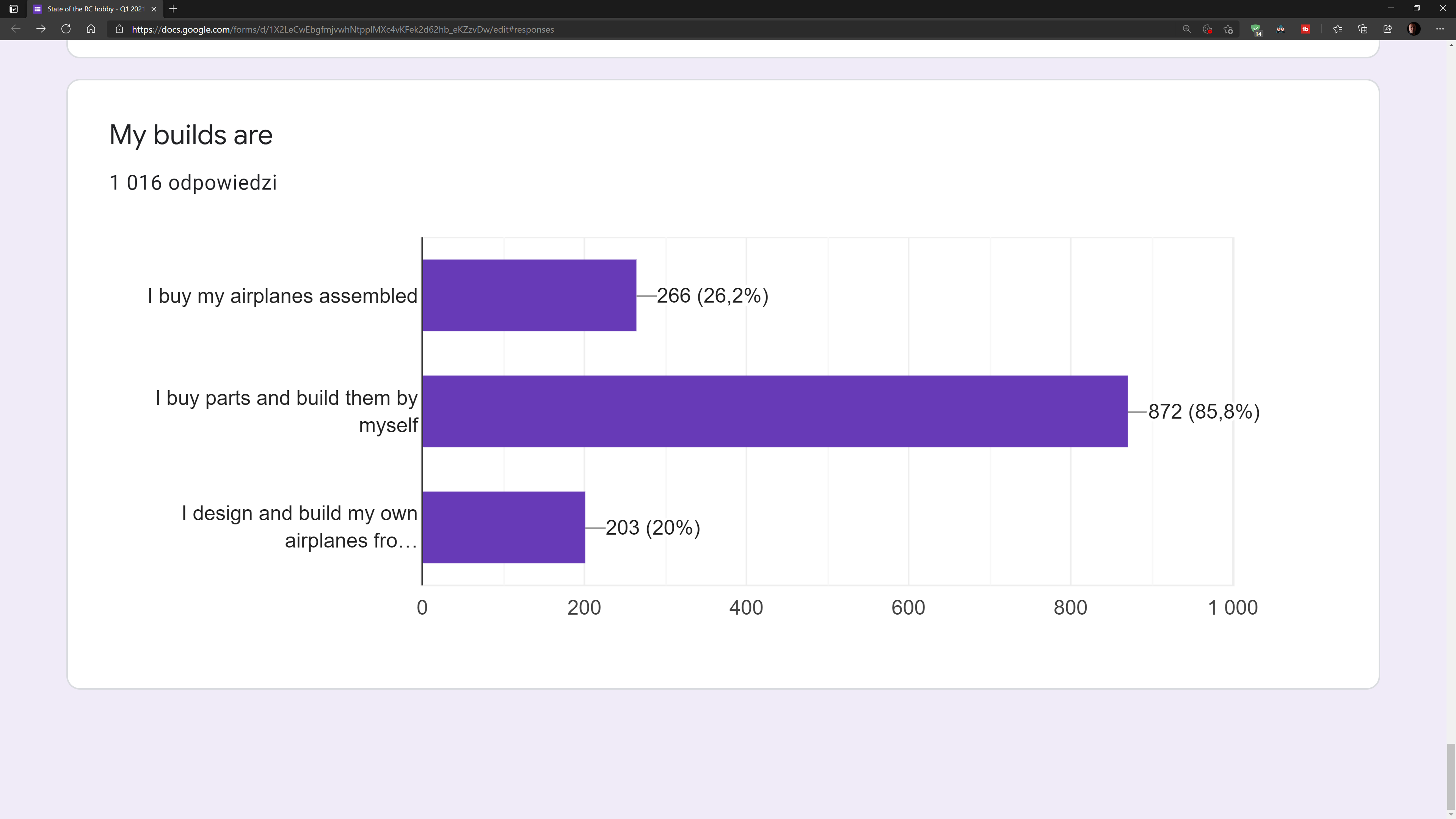I suppose this is the first time programing topic came up on this blog. Probably not the last time, since this is what I do most of the time.
While working on serial port usage balancing for INAV Configurator I’ve quite accidentally created a PID controller in JavaScript. Maybe it’s not the most advanced PID controller ever, but has all the things required:
- computes P-term
- computes I-term
- computes D-term
- has output limiting
- has I-term accumulator limiting
JavaScript PID controller
Without further ado
'use strict';
var classes = classes || {};
classes.PidController = function () {
var self = {},
privateScope = {};
/**
*
* @type {number}
*/
privateScope.target = null;
/**
*
* @type {{P: null, I: null, D: null}}
*/
privateScope.gains = {
P: null,
I: null,
D: null
};
/**
*
* @type {number}
*/
privateScope.Iterm = 0;
/**
*
* @type {{min: number, max: number}}
*/
privateScope.ItermLimit = {
min: -1000,
max: 1000
};
/**
*
* @type {number}
*/
privateScope.previousError = 0;
/**
*
* @type {{min: number, max: number, minThreshold: number}}
*/
privateScope.output = {
min: null,
max: null,
minThreshold: null
};
/**
*
* @param {number} value
*/
self.setTarget = function (value) {
privateScope.target = value;
};
/**
* @param {number} Pgain
* @param {number} Igain
* @param {number} Dgain
*/
self.setGains = function (Pgain, Igain, Dgain) {
privateScope.gains.P = Pgain;
privateScope.gains.I = Igain;
privateScope.gains.D = Dgain;
};
/**
* Sets min and max value for output
* @param {number} min
* @param {number} max
* @param {number} minThreshold if output is below this value, [min] is returned
*/
self.setOutput = function (min, max, minThreshold) {
privateScope.output.min = min;
privateScope.output.max = max;
privateScope.output.minThreshold = minThreshold;
};
/**
* Sets upper and lower limit for Iterm accumulator
* @param {number} min
* @param {number} max
*/
self.setItermLimit = function (min, max) {
privateScope.ItermLimit.min = min;
privateScope.ItermLimit.max = max;
};
/**
* Executes PID controller based on current value and target
* @param {number} current
* @returns {number}
*/
self.run = function (current) {
var error = current - privateScope.target,
Pterm = error * privateScope.gains.P,
Dterm = (error - privateScope.previousError) * privateScope.gains.D,
output;
privateScope.previousError = error;
privateScope.Iterm += error * privateScope.gains.I;
if (privateScope.Iterm > privateScope.ItermLimit.max) {
privateScope.Iterm = privateScope.ItermLimit.max;
} else if (privateScope.Iterm < privateScope.ItermLimit.min) {
privateScope.Iterm = privateScope.ItermLimit.min;
}
output = Pterm + privateScope.Iterm + Dterm;
if (output < privateScope.output.minThreshold) {
output = privateScope.output.min;
} else if (output > privateScope.output.max) {
output = privateScope.output.max;
}
return output;
};
return self;
};Example usage
let loadPidController = new classes.PidController();
privateScope.loadPidController.setTarget(privateScope.targetLoad);
privateScope.loadPidController.setOutput(0, 97, 0);
privateScope.loadPidController.setGains(16, 6, 4);
privateScope.loadPidController.setItermLimit(0, 90);In the example above, PID controller was configured with following settings:
- Target value: 1.5
- Gains: P = 16, I = 6, D = 4
- Output limited at 0 and 97
- I-term accumulator limited at 0 and 90
Then, to compute controller output
privateScope.loadPidController.run(currentValue);Remark: this is negative feedback output PID controller. That means, its output should me used as dampening factor for the system. It acts like a brake. To work as positive feedback, it’s output should be reversed.






Leave a Reply